Long-term sickness is a period of continuous absence lasting four weeks or more. Managers often need clarification on what support they are required to offer those absent on long term sick or what steps they should reasonably take to manage the situation.
-
What is the reason for absence?
It is important to establish if an employee's absence is linked to an ongoing health condition or disability. If that is the case, consider making reasonable adjustments under the Equality Act 2010 to support the employee with their condition before taking any formal action. This alone could aid a successful return to work.
-
Keeping in touch
Where reasonable adjustments are not enough to aid a return to work, it is important that the employer keeps in touch with the employee regularly. Depending on the circumstances, you may keep in touch weekly, bi-weekly, or monthly. The timing of catch-up calls should be agreed with the employee.
Once you have established how often you will contact the employee whilst they remain on sick leave, you need to know the information you need to discuss. Below are examples of questions to ask.
- How are you feeling?
- Have you any updates or changes in your condition/situation?
- How can we support you?
- Are there any reasonable adjustments we can make to help you return to work?
- Are you taking any medication, and does it have side effects?
- How often would you like to catch up?
Remember, document everything and confirm in writing any discussions with the employee.
-
Reasonable adjustments
It's important to remember that treating everyone the same does not mean everyone is treated fairly. The Disability Discrimination Act requires people to be treated differently according to their needs by making reasonable adjustments.
Reasonable adjustments are specific to an individual person and may include any of the following.
- Making changes to the workplace.
- Changing someone's working arrangements.
- Finding a different way to do something.
- Providing equipment, services or support.
-
Consider if you require further information from a medical professional.
Where an employer has kept in regular contact with an employee and has not been able to establish any prospect of return in a reasonable time frame, it may be appropriate to further investigate their absence or illness by requesting a medical report from their GP. This is so that the employer can obtain further information regarding the reason for the employee's absence and obtain additional guidance as to if or when they may be fit to resume their job duties in the future.
Whilst there is no set amount of time an employer should wait before accessing an employee's medical records, we recommend that you consider accessing medical records for sustained periods of absence of 12 weeks or more.
However, this is a flexible recommendation, and timing will need to be considered on a case-by-case basis.
Before accessing employees' medical records, it's important to remember that there is a legal requirement to obtain their consent. Only if consent is granted will the Company be able to write to the employee's GP requesting a medical report.
-
What should a medical report contain?
There are many reasons for requesting a report. It can be as simple as a prognosis for a straightforward injury or an assessment of a likely return to work date. The report should contain only the information required for you, the employer, to fulfil your legal responsibilities. If the employee has any health condition, you may only need to know:
- whether it constitutes a disability.
- will it impact the ability to perform a defined role.
- if reasonable adjustments at work need to be made.
Remember, personal information should be handled with the strictest confidence and, as such, is covered by the General Data Protection Regulations (GDPR).
You may wish to ask questions such as:
- What is the precise nature of the employee's current illness?
- When did the employee first receive a diagnosis in relation to the illness?
- Is there an underlying cause?
- What adverse effect does the employee's illness or condition have on their ability to carry out normal day-to-day activities?
- When might the employee be fully fit to resume their normal job duties?
- Considering the employees' job duties, what is the likelihood of a recurrence, relapse or continuance of this illness or condition in the future.
- Are there any temporary or permanent workplace adjustments which could be made or any services which could be provided by the Company to overcome or lessen the impact of the employee's illness.
- Are there any other specific recommendations that can be made to assist the employee in returning to work.
-
Do you need support from Occupational Health?
Depending on the recommendations made by the employees' doctor or consultant, you may also consider a referral to occupational health.
Where a Doctors report will provide specific information in respect of their employee's condition, if any reasonable adjustments can be made, and their likelihood of return, an occupational health assessment will make more specific recommendations as to what adjustments could be considered to facilitate an employee's return to work, if any.
Occupational Health Management Referrals follow the following format.
- Referral – this can be done remotely or as an assessment on site.
- The provider will seek employees' consent to the referral before it occurs.
- The occupational health practitioner, or registered general nurse, will review the working environment, the person, their health, and assess if they are fit for the role or not, and recommend what adjustments (if any) can be made.
- The company will need to complete a referral form in order to determine what level of referral is required.
- The provider will always speak to the company first to establish what questions they would like to be answered before the referral takes place.
-
Meeting to discuss the reports.
Once you have both a doctor's report and/or an Occupational Health Assessment, it's time to sit down with the employee to discuss their content.
This could range from discussing and agreeing to adjustments recommended in the reports to facilitate a return to work or if both reports are such that they state there are no reasonable adjustments that can be put in place and that the employee is unlikely to return to work now or in the near future. You may need to consider termination through medical capability.
If adjustments can be made, we recommend that the employee receive a letter to cover what was discussed during the meeting and confirm any adjustments the employer has put in place.
If no adjustments can be made and there is no likely return to work, then the employee should be invited to a long-term incapacity meeting which may result in the termination of their employment on medical grounds.
Whilst the above information is a short synopsis of the processes for managing long-term absence, we strongly advise you to consult your HR Advisor or seek professional advice before considering any potential dismissal.
About the author
This article is provided by our sister company, Stallard Kane, a specialist risk management service provider offering expert advice and solutions in Health and Safety, HR, Risk Solutions and Training. This article is for general guidance only and aims to provide general information on a relevant topic in a concise form. This article should not be regarded as advice in relation to a particular circumstance. Action should not be taken without obtaining specific advice.
If you want a truly personalised service, contact your usual Towergate advisor today who can put you in touch with Stallard Kane’s HR Team to discuss your requirements – call 01427 420 403 or email hr@skaltd.co.uk, and #oneoftheteam will be happy to help.


